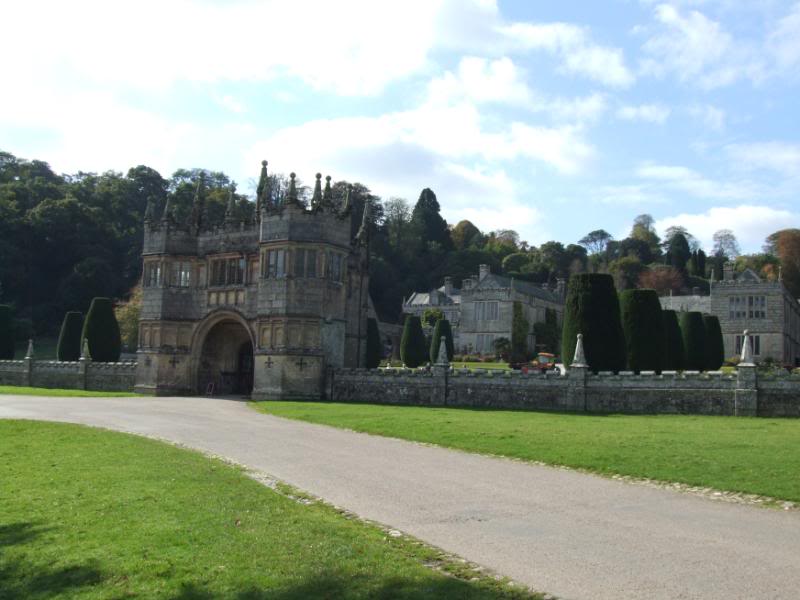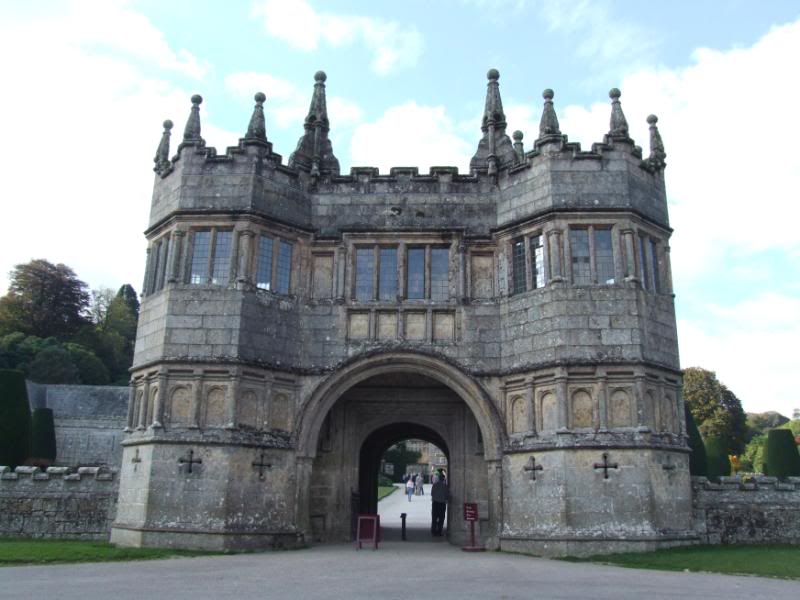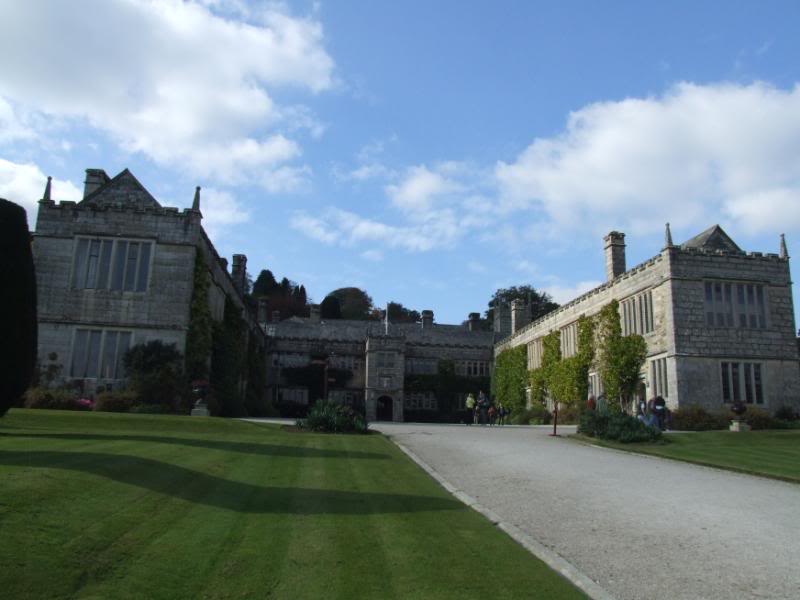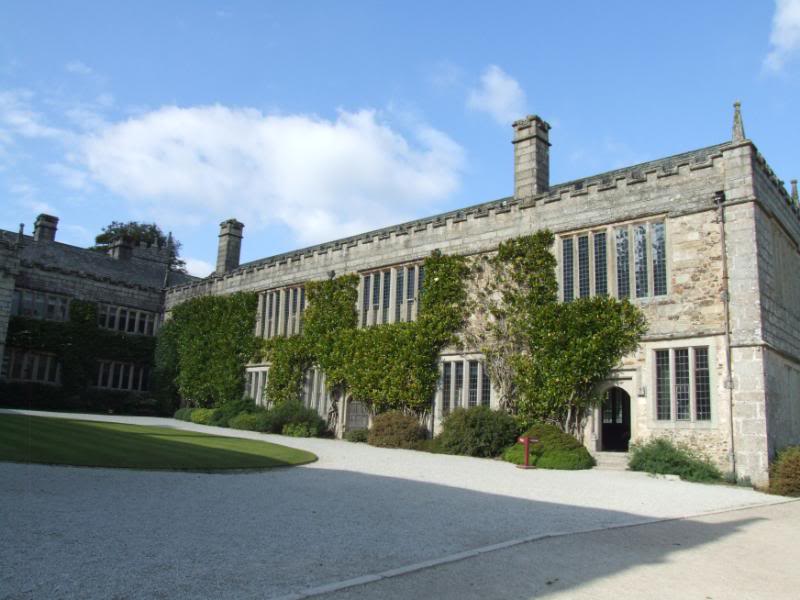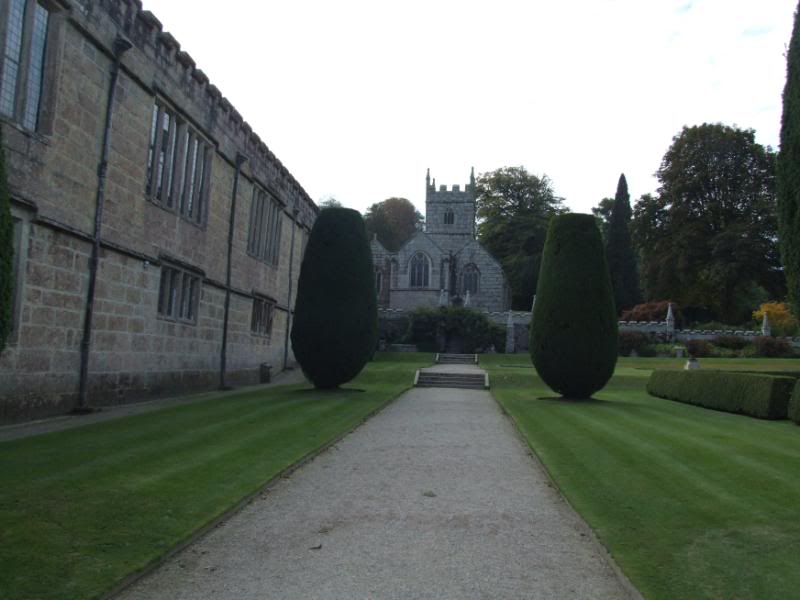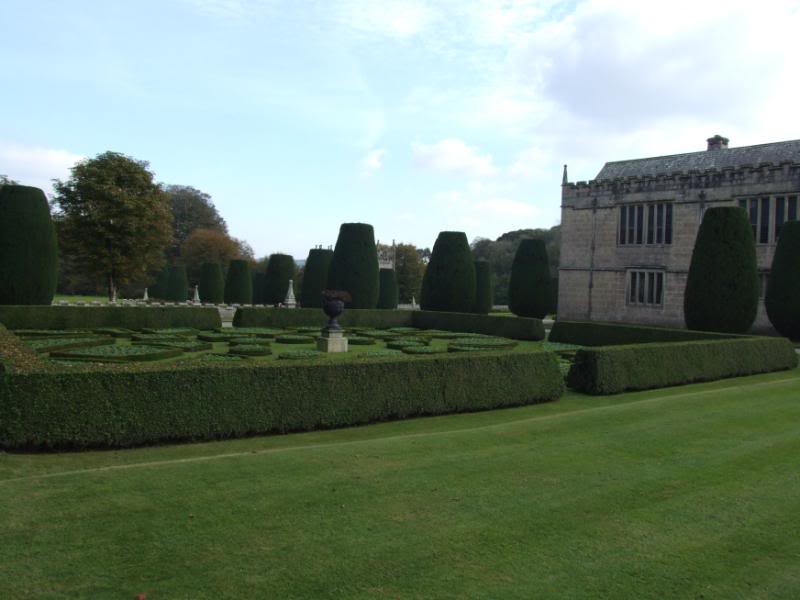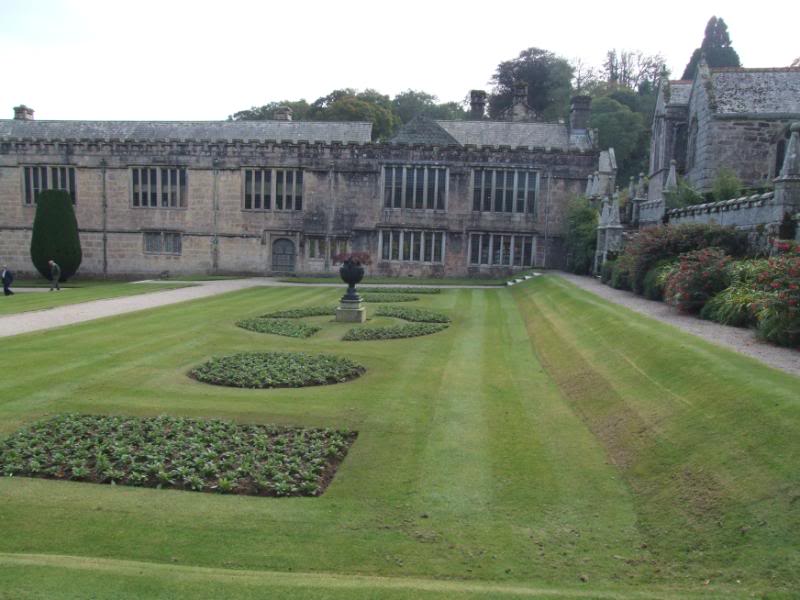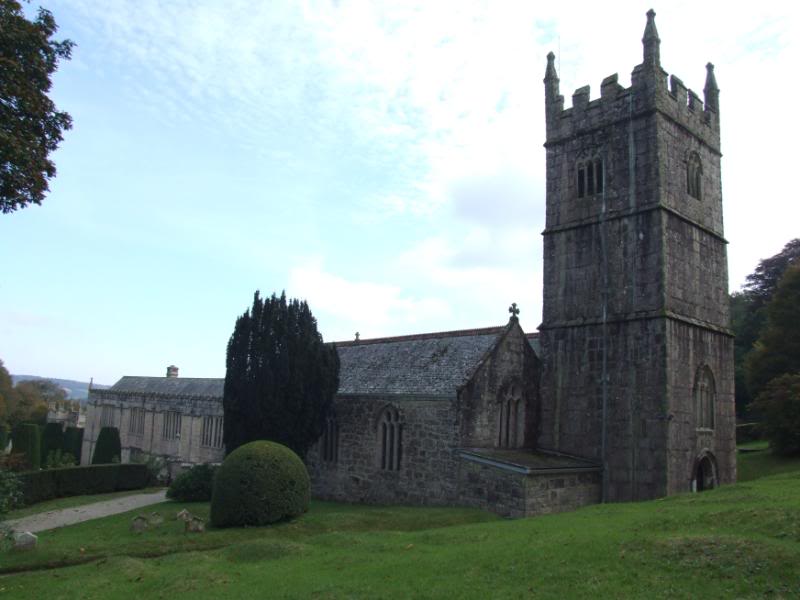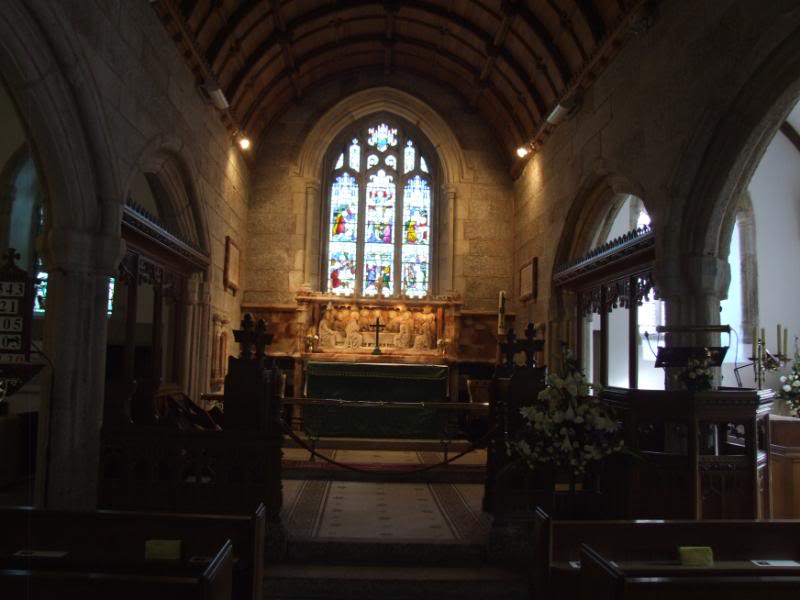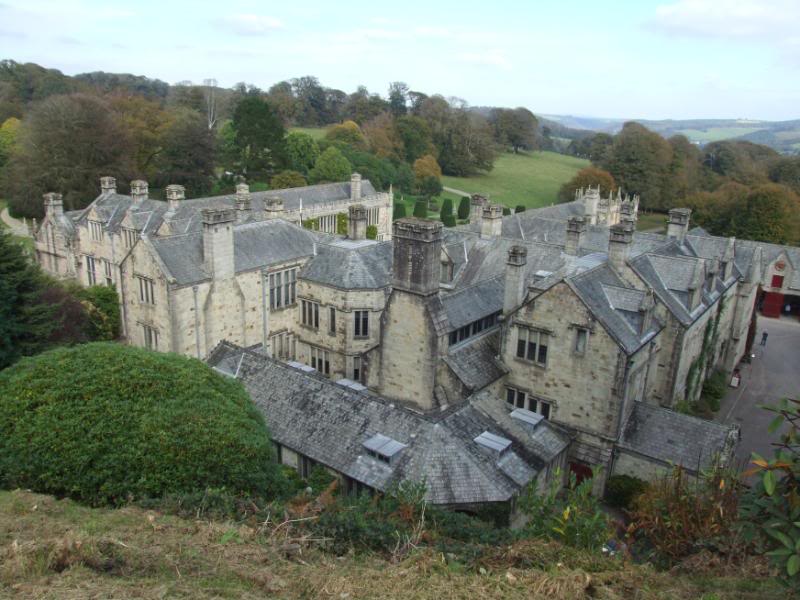Post by Dave on Sept 13, 2010 17:53:09 GMT
Lanhydrock near Bodmin
The 14th of October was the date the battle of Hastings took place and while I was not expecting such a large event in history to take place on my bithday yesterday, some very pleasing things happened.and it really was a case that good things do come in three’s
The first was a surprise really, my eldest daughter who lives in Paignton and has been in and out of my lfe so many times. Nine months ago while talking with Carol and I she took offence wrongly by a remark I made and stormed out our house and has not made any contact with me since.
Carol has gone down to her house on the childrens bithdays and also my daughters and her husbands with the birthday gifts etc as nornal. Carol said on Sunday my daughter had asked her to call around to pick up my birthday gifts etc, I told Carol she was not to do so, as if the gifts were to have any real value to me, they should be given to me in person.
Just as we were about to set of to Lanhydrock near Bodmin, she was walking up the path with her husband and stayed for about two hours. I said nothing about what had happened before, there really was no need, it is best to just put that all behind and just try get back to being a family again.
So we set off a bit latter than we had planned, but got to Lanhydrock just after 1pm, plenty of time to do the house and the walks etc, I think it was about 5pm when he got back in the car and then looked for a place to have a meal.
The third event to happen was to see Merse was back with his family on the TFF, things happen and things can go wrong, but its far to easy just to throw things away and not make the effort to find better ways forward, but if you do make that effort, the rewards will mostly be so worthwhile.
Lanhydrock
The estate belonged to the Augustinian priory of St Petroc at Bodmin but the Dissolution of the Monasteries during the 1530s saw it pass into private hands. In 1620 wealthy merchant Sir Richard Robartes acquired the estate and began building Lanhydrock House, designed to a four-sided layout around a central courtyard and constructed of grey granite. Robartes died in 1624 but work on the building was continued by his son John Robartes, 1st Earl of Radnor, a notable public figure who served as Lord Privy Seal and Lord President of the Council.
During the 18th century the east wing of the house was demolished leaving the U-shaped plan seen today. In 1881 a major fire destroyed the south wing and caused extensive damage to the central section. Of the main house only the north wing, with its 29 m Long Gallery, and the front porch building survived intact, though the original gatehouse also dates back to the mid 17th century.
Recent history
Most of the current building, therefore, dates from late Victorian times. The second Lord Robartes (later the 6th Viscount Clifden) rebuilt the house to meet the needs of his large family, appointing local architect Richard Coad to design and supervise most of the work. Coad had previously (1857) worked as assistant to George Gilbert Scott on earlier work at Lanhydrock.
In 1953 the house and approximately 160 hectares (400 acres) of parkland were given to the National Trust by the 7th Viscount Clifden. The public tour is one of the longest of any National Trust house and takes in the service rooms, nurseries and some servants' bedrooms, as well as the main reception rooms and family bedrooms. In 2004 it was one of the Trust's ten most visited paid-entry properties, with over 200,000 visitors.
In 1872 Lord Robartes MP of Lanhydrock, Bodmin, was listed in the top ten land holdings in Cornwall with an estate of 22,234 acres (89.98 km2) or 2.93% of Cornwall Lanhydrock was the main setting for a 1996 film version of Twelfth Night directed by Trevor Nunn, and starring Helena Bonham Carter as Olivia.
On March 1st 2009 Lanhydrock hosted an episode of BBC TV's Antiques roadshow.
The most impressive room in the house is the gallery, which is the north wing (it survived the fire of 1881), and the carved plasterwork ceiling is outstanding. Among the large collection of books is one of the four volumes of the Lanhydrock Atlas, a survey of Charles Bodville Robartes' (the 2nd Earl of Radnor) estates in Cornwall at the end of the 17th century, showing 40,000 acres on 258 manuscript maps
50 rooms are open to visitors, you should allow at least two hours to tour the house
• Outer Hall - portraits of Sir Richard Robartes and his son John, 1st Earl of Radnor
• Inner Hall - in the centre of the house, with a mosaic floor dating from the 1883 re-building
• Dining Room - expense carved woodwork and a plasterwork ceiling
• Kitchen - a magnificent room, like a college hall, with "modern" Victorian cooking spits and ranges
• Scullery - for vegetable preparation and washing up
• Bakehouse - bread, scones, cake and biscuits were baked daily
• Dry Larder - for kitchen storage
• Fish Larder - all sorts of ways of preserving and cooking fish
• Meat Larder - for specialist meat preparation
• Dairy Scullery - here butter and clotted cream were made, and milk stored
• Dairy - items prepared in the kitchen, like puddings, could be stored here in cupboards cooled by running water
• Lady Robartes Room - where the lady of the house conducted her household business
• Lobby - big game trophies in a typical Victorian room
• Stewards Room - the family's land agent's room
• Billiard Room - complete with all the original billiard room fittings
• Smoking Room - with photos of school and college groups
• Nursery Wing - to house the ten children of the Victorian family
• Nursery Scullery - for the preparation of the children's meals
• Day Nursery - the main sitting and dining room for the children
• Night Nursery - where the younger children slept
• Nanny's Bedroom
• Luggage Lift - specially to take the heavy Victorian trunks
• Servants Bedroom -
• Footmen's Livery Room - for the storage of uniforms
• His Lordship's Room - his private quarters
• Her Ladyship's room - they still managed 10 children!
• Boudoir - her ladyships private sitting room
• Drawing Room - the grand sitting room of the house
• Morning Room - tapestries and elaborate woodwork
• Prayer Room - the family gathered here with the servants for morning prayers
• Music Room - survived the 1881 fire

